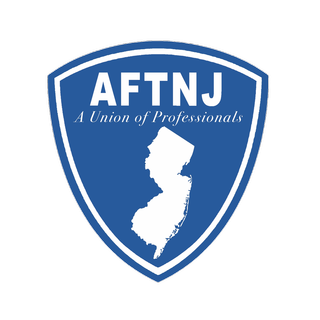
The uprising of February 2011 made a single word, “Wisconsin,” not just the name of a state but the reference point for a renewal of labor militancy, mass protest and radical politics. But it did something else. It signaled that a new generation of young Americans would not just reject the lie of austerity. They would lead a fight-back that has extended from the Capitol in Madison to Zuccotti Park in Lower Manhattan and across the United States.
Governor Scott Walker, a Republican narrowly elected in the GOP sweep of 2010, proposed just weeks after taking office to strip teachers and other public sector workers of the collective bargaining rights and union representation that provide the last thin layers of protection in an era of globalization, privatization, downsizing and deep cuts. The governor and his party had the upper hand, with control of both houses of the state legislature, a dysfunctional Democratic opposition, weakened unions, a pliant press and a right-wing machine funded by billionaires like Charles and David Koch.
By the estimate of most pundits, even those who sympathized generally with labor and specifically with the Democratic Party, defeating the governor’s project was a hopeless struggle. But someone forgot to tell the students. Days after Walker’s announcement, 1,000 members and supporters of the Teaching Assistants’ Association at the University of Wisconsin—the oldestgraduate employee union in the world—gathered at the Capitol to raise handmade signs and teeth-chattering voices in protest.
More>>




